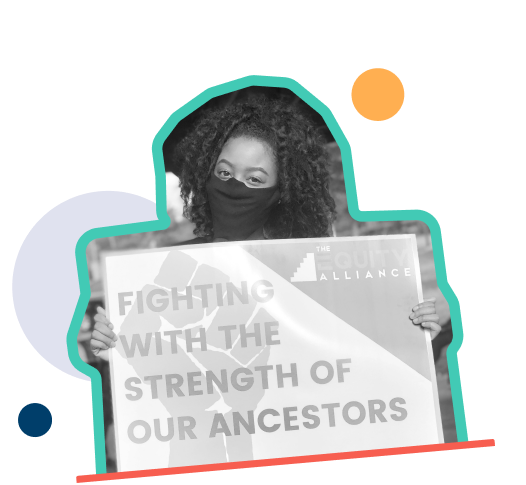
Within a solidarity economy framework, community ownership has emerged as a strategy for communities to steward land, resources, and capital, shifting power and wealth from banks and corporations, and redistributing it to those who have been most impacted by cycles of extraction and disinvestment.
As an antidote to the economic exploitation of capitalism, community ownership is a critical step in the broader fight towards racial and economic justice. It can refer to both housing- specific solutions, like community land trusts and other decommodified housing models, but it also encapsulates the broader transformation of our systems and structures, to be solidarity-oriented, collectively governed, and mutually accountable. In the Fall of 2023, DDP set out to tell the stories of communities who are building and benefiting from community ownership strategies.

Community ownership is a concept that has gained popularity and traction in recent years. This upswell in interest presents a vital opportunity to expand the possibilities of community ownership, but it doesn’t come without risks. In order to prevent community ownership from being co-opted as yet another form of extractive development and investment, movement-aligned organizations offer us key insights into what community ownership means and who it is meant to serve.
This report offers an orientation to both the tactical and transformative strategies needed to enable community ownership. It explores examples of relationships between funders and fundees, the role of communication and education in fostering and sustaining change, and the importance of building coalitions and ecosystems to strengthen and broaden bases of support. Learnings from movement are organized into four main takeaways, followed by important next steps funders can make.
Posted 09/18/2024 in
Share
